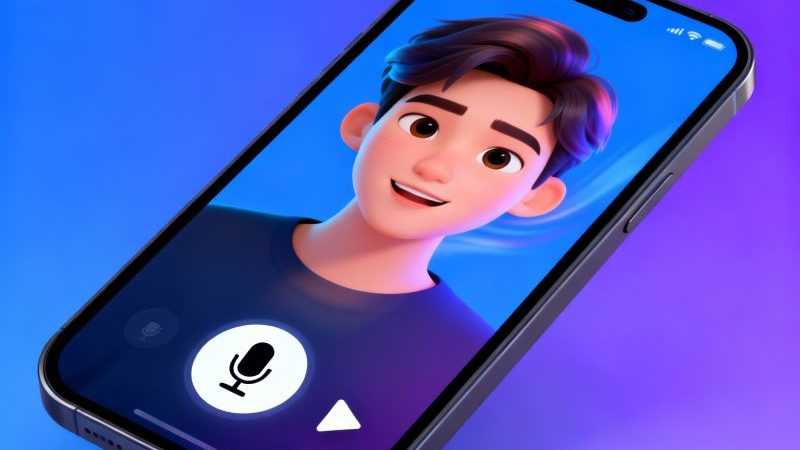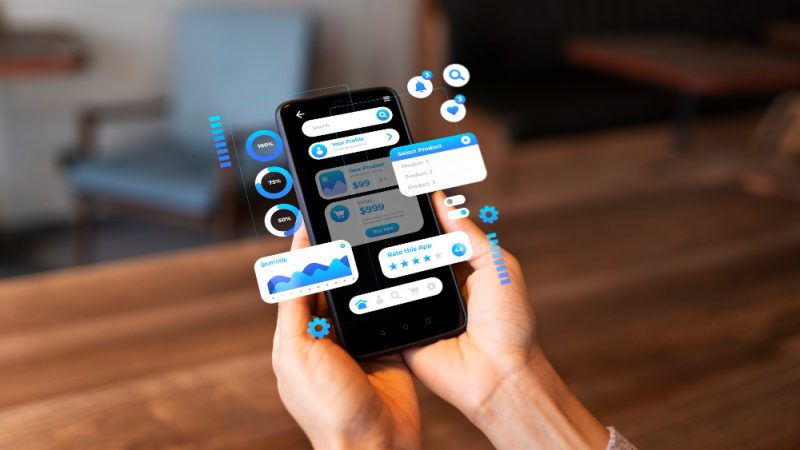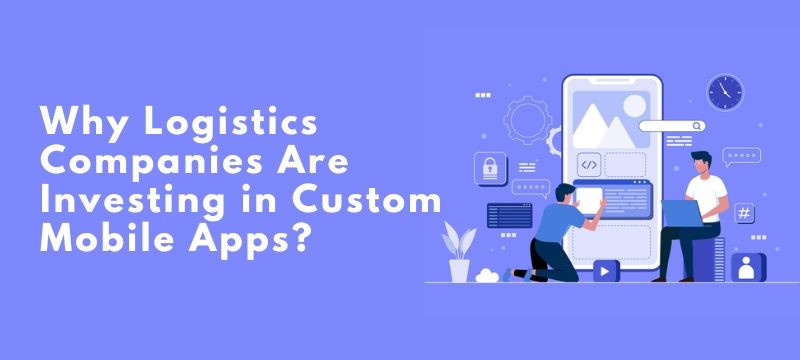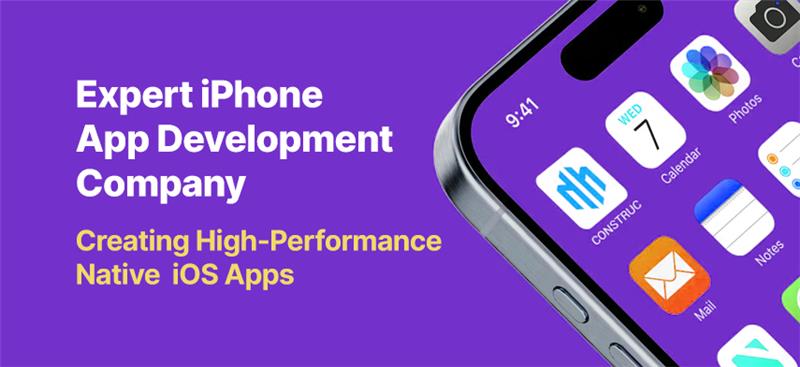Want To Build App? Don’t Know Where To Start? Read This

For any business, it is now legitimate to want to develop a mobile app. Businesses know that while the website is too general and only serves to make the business visible to the worldwide web audience hitting search engines, a mobile app can establish a more engaging connection with its customers. So, there is so much hype about building a mobile app.
But can you explain the reasons why you need to create an app from scratch? Can you think of a problem for your customers that you can solve with the app? Your replies to these questions will ultimately be decisive for the success and failure of your app.
If you have an ingenious app idea and you are confused about where to start developing IT. Here are the steps to build a highly successful app.
Focus on a problem to solve
The first thing you need is to focus on a problem that you can address with your app product. Solve a problem that is already well known to you and for which you have brainstormed many solutions over time.
Now always remember that successful apps solve problems in such a way that others cannot think of. Whatever app you come across is created to solve a problem. The question is, how does your app solve a problem uniquely matter the most.
One crucial way to find relevant problems in daily life that you can consider addressing is by listing these problems. Now after making a list exhaustive enough, pick the most relevant ones for a shortlist and then consider how they can serve as the core of a great app solution that instantly resonates with the users.
Validate your app idea
However great an app idea you come across, it needs validation. You need to verify its market demands. There are many ways to validate an app idea. You can use the Google Keyword Planner tool to know the people seeking out your services.
For some app projects prior to the development, create a landing page describing the crucial aspects of the proposed app. This allows you to generate interest and fetch feedback through an email signup campaign.
Mockups design
Now, you need to put the app layout and describe the flow of the app. For this, pencil down a basic design of the app screens to describe how the app works and goes from one page to the other. Though you can always use pencil and paper for creating mockups or wireframes, you can use some easy-to-use tools for the purpose, such as Balsamiq.
Now always make sure the wireframe design appears with as many details as possible. This should also describe how users will use the app by navigating from one area to another and how different features will be used at different stages. This detailed wireframe will help set the expectations from the project in the right direction.
Prepare an MVP plan
Now that the app flow and all the desired features are documented for the proposed app project, you need to prioritize the key features while putting aside some features that you do not need in the present app version. Instead of incorporating so-called “nice to have” qualities, focus on introducing only the core and most elementary features.
This Minimum Viable Product (MVP) development approach will help you reduce the initial development cost while releasing the app faster. This will also allow you to get market feedback based upon which you can further plan value additions and changes in the future app updates. Are you confused about creating an MVP plan with the chosen features? Well, a mobile app development company Illinois with a great portfolio of similar projects can help you with this.
Select development platform and app type
This is time to choose the right OS platform for the app project. You also need to choose the type of app you want to build. You can opt to build a cloud-based app, or you can go for developing a hybrid app. Both works on all platforms with a similar interface but lacks a native OS-specific user experience. Otherwise, you can also choose to build native apps separately for iOS and Android.
You can also build cross-platform apps that work on all platforms but offer a much more native user experience. Cross-platform technologies like React Native and Flutter help you build highly native-looking apps while reusing the same codebase for iOS and Android.
Test the app
Once you are done with app development, it is time to make it pass through a rigorous testing phase. Releasing Beta versions is good to get user feedback and make the changes in the final app version.
App testing in agile projects is carried out alongside development and ensures better output. Unit testing for each separate app unit is great to ensure optimum output. Finally, an app must pass-through performance and usability testing before hitting the app market.
Release the app
It is time to launch the app. It is important to remember that a successful launch should be backed by a pre-launch buzz creation. Plan the launch months in advance and reach out to the target audience for generating hype and expectations.
Conclusion
All these steps have been successfully tried and tested by numerous app projects across the niches, and they have remained relevant for most app projects to this date. When you have a great app idea, you can shape it into a great product by following other successful creators’ footsteps.






